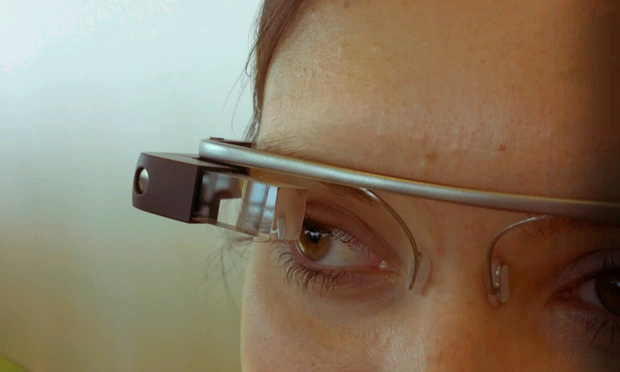Google Glass is now available to the public as part of Google’s open beta-testing program, and while this technology may not be for everyone, we suspect that at least some early adopters will want to use their new toys in the workplace. Like all good toys, they can be a lot of fun. But from an employer’s perspective, Glass and other wearable devices bring new data privacy and security risks. Some of these can be controlled, while others cannot be mitigated. Yet employees and employers alike may find business benefits in the use of Glass that will make an outright ban of wearable tech in the office difficult to enforce.
Prompted by an increasing number of client questions about the implications of wearable devices in the workplace, we obtained entry into the Google Glass Explorer program to get our own copy for review. This article draws on our use of Glass in the workplace to identify key risks and identify needed controls in connection with this emerging technology.
This content has been archived. It is available through our partners, LexisNexis® and Bloomberg Law.
To view this content, please continue to their sites.
Not a Lexis Subscriber?
Subscribe Now
Not a Bloomberg Law Subscriber?
Subscribe Now
LexisNexis® and Bloomberg Law are third party online distributors of the broad collection of current and archived versions of ALM's legal news publications. LexisNexis® and Bloomberg Law customers are able to access and use ALM's content, including content from the National Law Journal, The American Lawyer, Legaltech News, The New York Law Journal, and Corporate Counsel, as well as other sources of legal information.
For questions call 1-877-256-2472 or contact us at [email protected]






